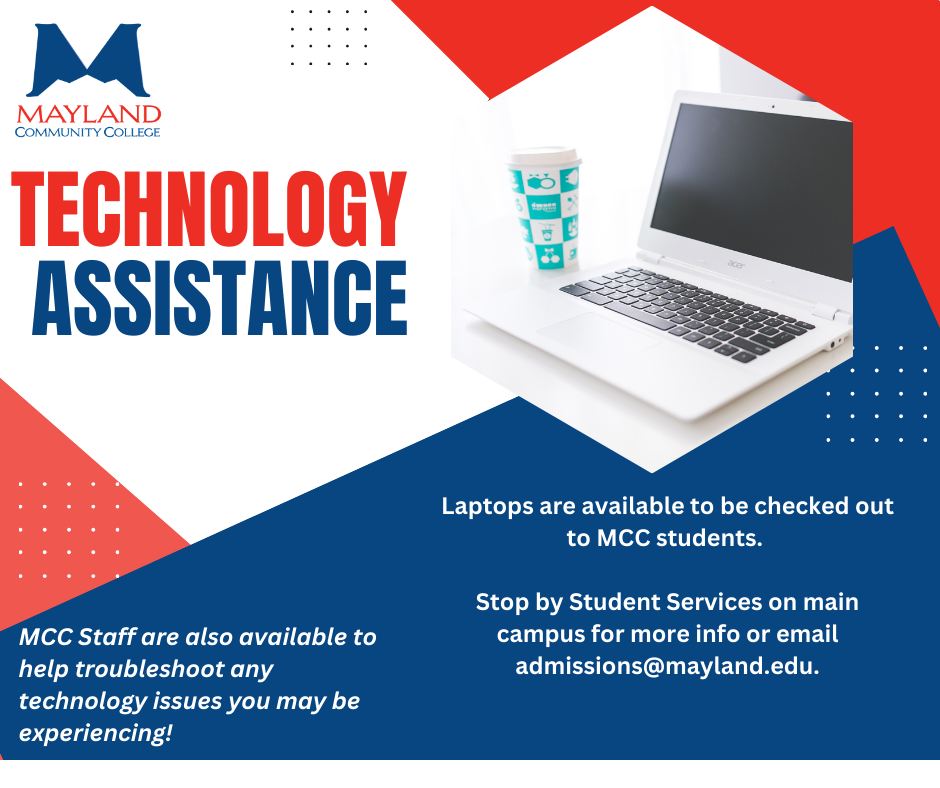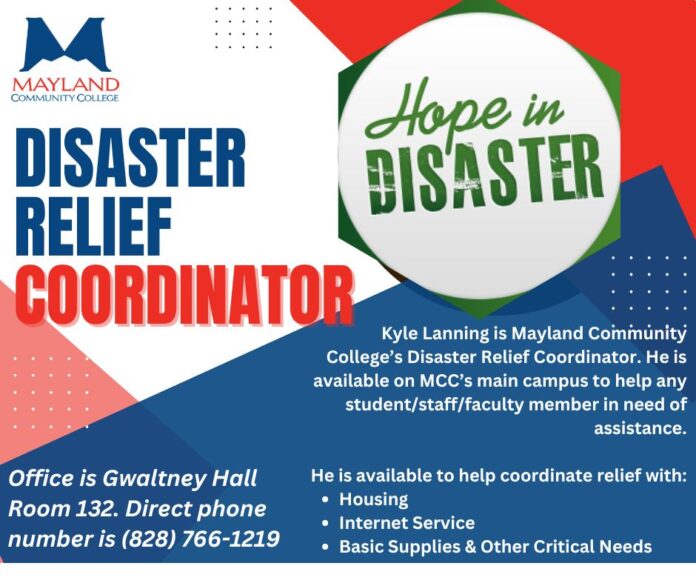Keegan Anderson is the vice president of instruction and chief academic officer at Mayland Community College. These are some of his reflections as he and his community recover from Hurricane Helene.
The storm
I’m not sure even now I can find the words to fully convey the experience and the impact of Hurricane Helene on Mitchell, Avery, and Yancey counties.
As daylight broke on Friday, Sept. 27, 2024, the magnitude of the storm became apparent. Throughout the morning, as the wind and rain continued, we found ourselves in an emergency situation we could not have fully anticipated.
As the storm weakened and moved out, each home began assessing the damage.
Many communities endured devastating loss, and some folks experienced the ultimate loss — the loss of friends and family.
Nearly every household lost power and communications.
Notice: JavaScript is required for this content.
Creeks and rivers reached historical levels, and flooding hit communities like never before. In steep areas, mudslides scarred our landscape. Our mountainsides lay littered with uprooted or broken trees and power poles.
The roads were impassable, and there was no way to get help, making this the most isolated we have ever felt in our lives.
It was like finding ourselves in a war zone.
The digging out
Within hours our communities began to dig out and cut through down trees. The sound of chainsaws and heavy equipment began to fill the air.
It was at this moment that the resilience and endurance of the people of this region began to shine.
Efforts were made to help as many neighbors as possible and aid others in finding immediate relief. An initial focus was put on helping those who were most vulnerable, such as the elderly and those with medical needs.
Throughout the first week, many of us continued the efforts to clear roadways and help people get their homes back in some working order.
Many state agencies and volunteers started arriving to help with the efforts. Every day, there was a parade of helicopters in the sky and trucks on the roads bringing much needed aid to the areas they could reach.
We all started hearing about our nearest distribution center to supply aid for us. It was there –since there was still no power or communications — that many of us realized for the first time that the situation was severe across the region we serve.
But, as we met volunteers, helicopter pilots, and work crews, we all were moved and touched by the outpouring of generosity.
Our mission to our communities
By the second week, the college administration at Mayland Community College began to meet and discuss the next steps and what it would mean to fulfill our mission to our communities under these circumstances. With much of our region still without power and communication, it became clear this situation was different than COVID. Working and learning remotely wasn’t an option, and unsafe road conditions made transportation to or from campus difficult.
We adopted a “hope in disaster” approach. Guidance from the North Carolina Community College System Office gave us the ability to adapt our response for each student.
Wellness checks for our employees and students was the first big task, and not an easy one given the lack of communications and dangerous road conditions.
The next task was finding ways for students to stay connected to their educational journey.
Our staff in student services met daily and worked to provide wraparound and support services to students across the campuses. The business office and the MCC Foundation started looking for financial resources.
We provided tech support and access to internet. We provided access to food and medical services. We provided counseling and child care.

As we restored instruction to our students, the main focus was “flexibility” for each student to resume their academic journey as they could. Each student at Mayland Community College had different situation and providing them with on-ramps to begin back was key.
Many of our students were in unimaginable situations. Several students contacted the college about how to proceed after encountering so much loss. For example, one student in our welding program had to relocate hundreds of miles away after having their home washed away by the river, leaving only the foundation. Other students were in similar situations, so across the college, each faculty member started working on plans that would allow their students to continue when they returned.
All of this is another example of the resiliency and dedication of the southern Appalachian people who work at Mayland Community College.
While we all worked to help meet the basic needs of our students, we sought for education to provide a refuge to our students where they could advance their studies and have a temporary distraction from the continued impact of Helene.
The hope was students could become lost in their studies and focus on the dreams they have for their lives while dealing with the reality of this tragedy.
Keegan Anderson
The major driving factor in our work was the importance of community. Our work is not done in isolation, but through partnerships with local government, agencies, and elected officials as we collectively led the overall coordination of relief and recovery.
Partnerships matter and have been invaluable during this tragic time.
Hope is all we have
As a community and a community college, we have joined together to move forward and help each other as we work towards a new normal.
We do not know any other way. This trait is what makes us special — truly and authentically looking out for one another.
Regardless of the circumstances, education has always been about hope. The journey during this time is no different. Hope is all we have.
I am thankful to be able to work with the amazing people at Mayland Community College to serve our students and provide hope for our communities.
